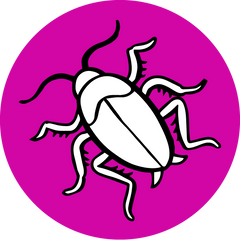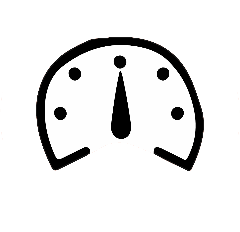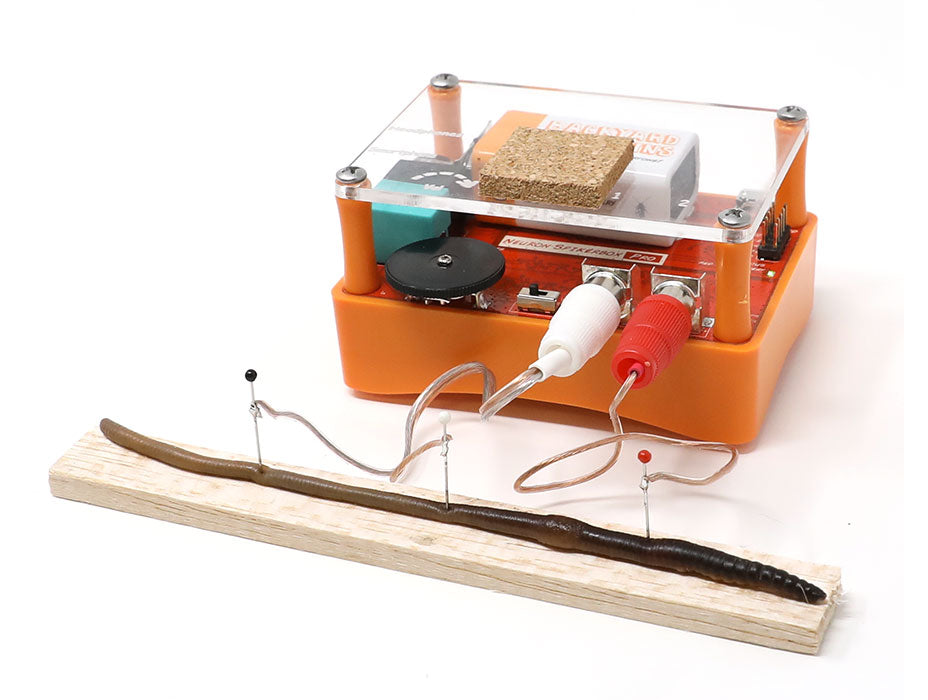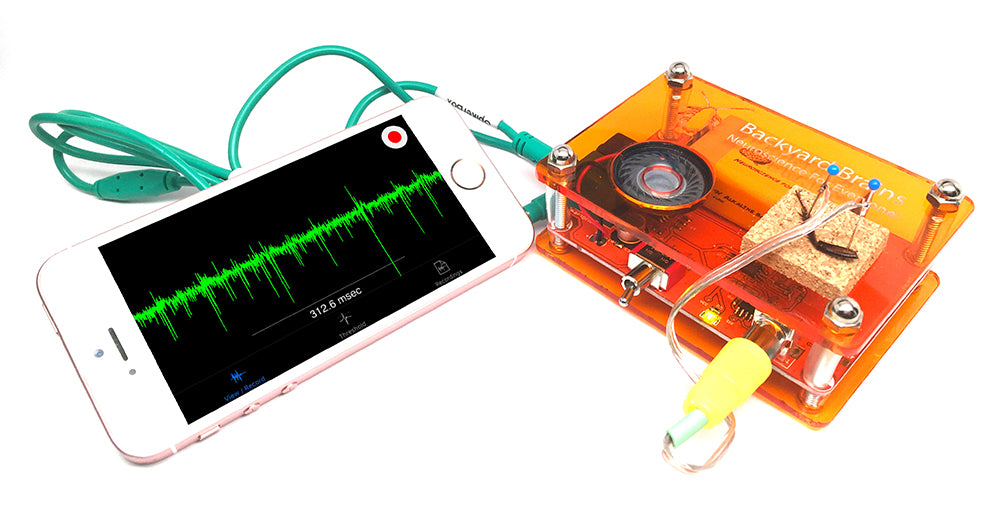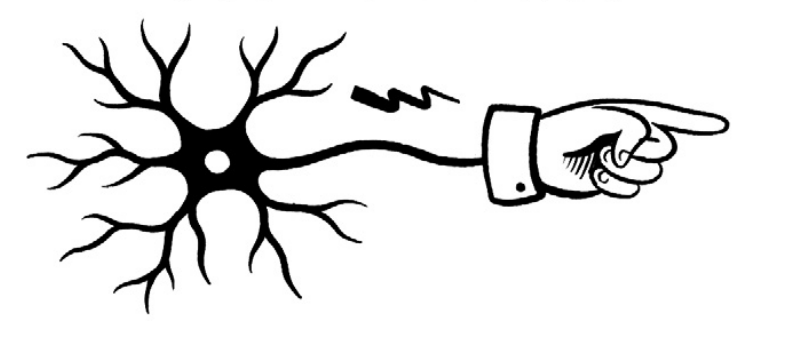
Touch and Pressure: How Your Body Feels Different Forces

How does the brain tell a light tap from a firm press? By examining a cockroach leg we can see how sensory neurons encode touch intensity through a process called rate coding.
About experiment
What Will You Discover?
- How touch intensity changes neural firing rate.
- The mechanics of rate coding in sensory neurons.
- How tactile neurons package information for the brain.
Background
The sense of touch is vital for both humans and cockroaches. When you press harder on a touch-sensitive hair, the neuron does not increase spike size; instead it fires spikes more rapidly. This higher frequency tells the brain that the force has increased.
Experiment
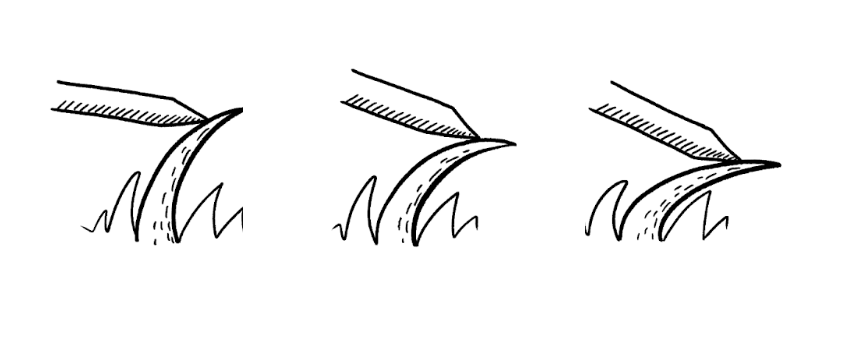
Rate-Coding With Three Levels of Pressure
Setup
- Prepare a cockroach leg on cork and insert two recording pins very close together for a clear single-neuron signal.
- Locate a touch-sensitive hair that spikes when probed with a toothpick.
Procedure
- Using the toothpick, apply three brief presses—light, medium, firm—each lasting about 0.5 s.
- Watch the spikes in SpikeRecorder and note the firing rate for each press.
- Repeat several trials, recording the first half-second of activity each time.
Analyzing Results
Count the spikes in the first half-second of each pressure level and plot them. You should see firing rate rise with force, illustrating that neurons encode intensity in rate, not spike size.
What do you need?
-
Related Products
